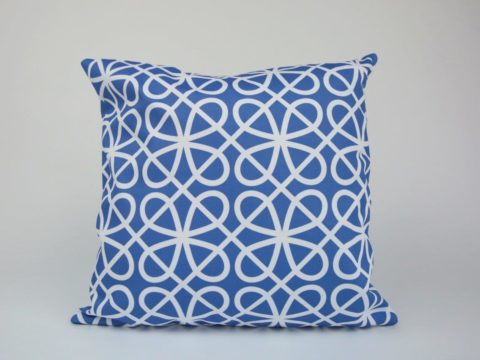Anne of Denmark: Life Story
Chapter 11 : Seeing the Country
Although the English crown was by no means over-endowed with money, and in fact, its debts were growing, even under the frugal Elizabeth, it was vastly more wealthy than the Scots crown, and Anne’s jointure as queen, based on that of Katharine of Aragon, gave her more money than she had ever had in her life. James was a generous man, and he continued to pay for her household and stable. Anne therefore could spent the nearly £6,500 per annum on her clothes, her servants, her palaces (she received Somerset House and Nonsuch Palace as her own) and her cultural interests.
She had Council of about a dozen men, including attorneys and solicitors to manage her lands and income. After the arguments with James about whom she could appoint as her ladies, they were fixed as follows: in the Bedchamber, closest to Anne, there was Lady Bedford; in the withdrawing chamber were Lady Rich, the Countess of Suffolk, the Countess of Derby, the Countess of Nottingham, Lady Susan de Vere (Cecil’s niece), Lady Walsingham and Lady Southwell. The wife of Sir Robert Carey was appointed as Mistress of the Sweet Coffers – which sounds a very appealing job!
In addition, the Countess of Worcester and the Lady Arbella Stuart (who had once been a rival for the throne) were attached to her retinue with no specific roles, as well as six maids-of-honour. According to the Earl of Worcester, there was a good deal of backbiting and quarrelling amongst them.
Surrounded by her ladies, Anne met the numerous foreign ambassadors who came to pay their respects – from the courts of Flanders, France, Brandenburg, Brunswick, Wittenburg and even Spain, restoring diplomatic relations for the first time in nearly twenty years. Anne’s brother, Ulric, Duke of Holstein also arrived – there is no record of how they took their first meeting as adults – he had only been ten when she left Denmark, but family feeling was strong in Anne, and it is likely she was happy to see him.
Surrounded by their court, Anne and James made extensive progresses around the south of England, travelling through Surrey, Susses, Hampshire and Wiltshire. They generally travelled together, and Anne was always popular, taking time to stop and speak with ‘the common people’, as Elizabeth had done, taking off her travelling mask so that she could be seen properly.
By Christmas, the plague had abated enough for the court to return to Hampton Court for Christmas and New Year. Anne received some delightful gifts from fellow queens – Marie di Medici, Queen of France, sent a cabinet full of small drawers, in each of which was a jewel or an ornament for the hair. The wood of the cabinet was impregnated with musk and ambergris to give it a pleasing scent. Margaret of Austria, the Queen of Spain, sent a gown of satin with a gilded leather trim.
The Christmas and New Year season of 1603-4 saw the first of the great court masques which Anne began to patronise. The court then departed for Whitehall, and Anne may have been pleased to hear the bells ring out for her at Westminster as she passed, at a cost of 2s 6d for the bell-ringers.
Because the Coronation had had to be low key, to avoid the effects of plague, in March 1604, Anne and James completed the usual ceremonies by making a solemn procession through the city, accompanied by Prince Henry. The detailed records that remain of the procession give an idea of what previous coronation processions must have been like. The whole event cost the city £400.
Later that summer, it was agreed that Prince Charles, who had remained in Scotland, partly because he was considered too frail to travel, and partly because James wanted his Scottish subjects to feel that the royal family was still resident, was sent for to join his parents. It is likely that this is a further reflection of Anne’s maternal feelings and James’ desire to please her.
Prince Charles was exceptionally slow in learning to walk, as his father had been, and it was suggested by James, presumably on the advice of doctors, that the little boy should be given metal shoes or braces to strengthen his joints. His governess, Lady Carey, backed up by Anne, vehemently objected to the idea, and, fortunately for Charles, James listened to them. Although not as robust as his brother, Charles developed normally, and became a fine horseman.
Anne of Denmark
Family Tree




